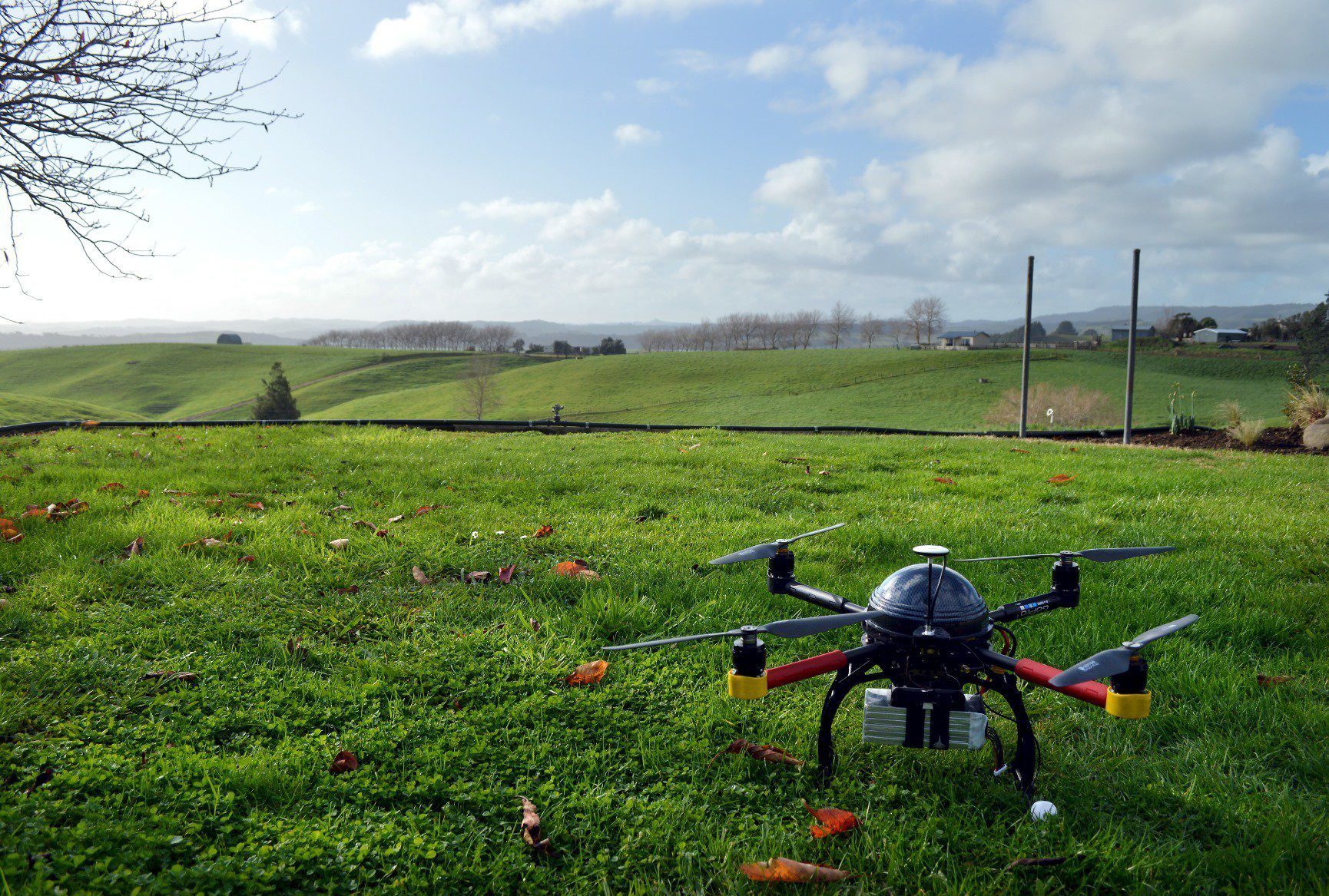The Industrial Revolution and the Digital Revolution are two significant periods that transformed the world. The Industrial Revolution started in the late 18th century and was characterized by the invention of new machines and the mechanization of traditional industries. The Digital Revolution, which began in the late 20th century, has transformed the way people interact, communicate, and access information. Both revolutions had a significant influence on the economy, society, and the environment, but in different ways. The Industrial Revolution reduced the cost of production, increased output, and created new jobs, while the Digital Revolution has created new industries and transformed traditional ones.
The Industrial Revolution vs. The Digital Revolution: Comparing Two Transformative Periods in World History
Introduction
The Industrial Revolution and the Digital Revolution are two significant periods in world history that transformed the way people lived and worked. The Industrial Revolution started in the late 18th century in Britain and continued into the 19th century, while the Digital Revolution began in the late 20th century and continues to this day. Both revolutions had a profound impact on society, but they differ in many ways.
Understanding the Industrial Revolution
The Industrial Revolution was a period of significant economic and social change that began in Britain in the late 18th century. It was characterized by the invention of new machines and the mechanization of traditional industries, such as agriculture, textiles, and mining. The Industrial Revolution reduced the cost of production, boosted economic growth, and created new jobs.
Factors contributing to the Industrial Revolution
Several factors contributed to the Industrial Revolution, including a surge in population growth, access to raw materials, availability of capital, and scientific progress. The population boom led to an increase in demand for goods, which spurred innovation and competition. Advances in transportation, such as the steam engine and railroads, made it easier to move goods across long distances. The availability of capital allowed entrepreneurs to invest in new technologies and infrastructure.
Understanding the Digital Revolution
The Digital Revolution began in the late 20th century with the invention of the personal computer and the internet. It has transformed the way people interact, communicate, and access information. The Digital Revolution has made it possible to work remotely, shop online, and connect with people around the world.
Factors contributing to the Digital Revolution
Several factors contributed to the Digital Revolution, including the development of computer technology, advancements in telecommunications, and the growth of the internet. The invention of the personal computer made it possible for individuals to own and operate their own computers, which paved the way for the development of software and applications. The internet made it possible to connect computers around the world and share information instantly.
Comparing the Industrial and Digital Revolutions
Impact on economic growth
The Industrial Revolution transformed traditional industries, such as agriculture and textiles, by mechanizing production processes. It reduced the cost of production, increased output, and created new jobs. The Industrial Revolution had a significant impact on the global economy, leading to increased wealth and prosperity for many countries.
The Digital Revolution has also had a significant impact on the economy, but in a different way. It has transformed the way people work, communicate, and shop. The Digital Revolution has created new industries, such as social media, e-commerce, and app development. It has also transformed traditional industries, such as banking and finance, by making it easier to access financial services online.
Impact on society
The Industrial Revolution had a profound impact on society. It led to the growth of cities, the development of new transportation systems, and significant social change. The Industrial Revolution also had a negative impact on society, such as the exploitation of workers and environmental degradation.
The Digital Revolution has also had a significant impact on society. It has made it easier for people to access information, connect with others, and work remotely. The Digital Revolution has also led to concerns about privacy and security, as well as the impact of social media on mental health.
Impact on the environment
The Industrial Revolution had a significant impact on the environment. It led to widespread deforestation, air and water pollution, and soil degradation. The Industrial Revolution also contributed to the rise of greenhouse gas emissions, which has led to climate change.
The Digital Revolution has also had an impact on the environment. It has led to an increase in electronic waste, as well as energy consumption from data centers and the production of devices. However, the Digital Revolution has also made it possible to find solutions to environmental problems, such as by using data to improve energy efficiency and reduce waste.
Conclusion
The Industrial Revolution and the Digital Revolution are two transformative periods in world history that have had a profound impact on society, the economy, and the environment. While they differ in many ways, both revolutions have led to significant progress, as well as challenges that need to be addressed. Understanding these revolutions, their impact, and their implications can help us navigate the ongoing changes in the future.
